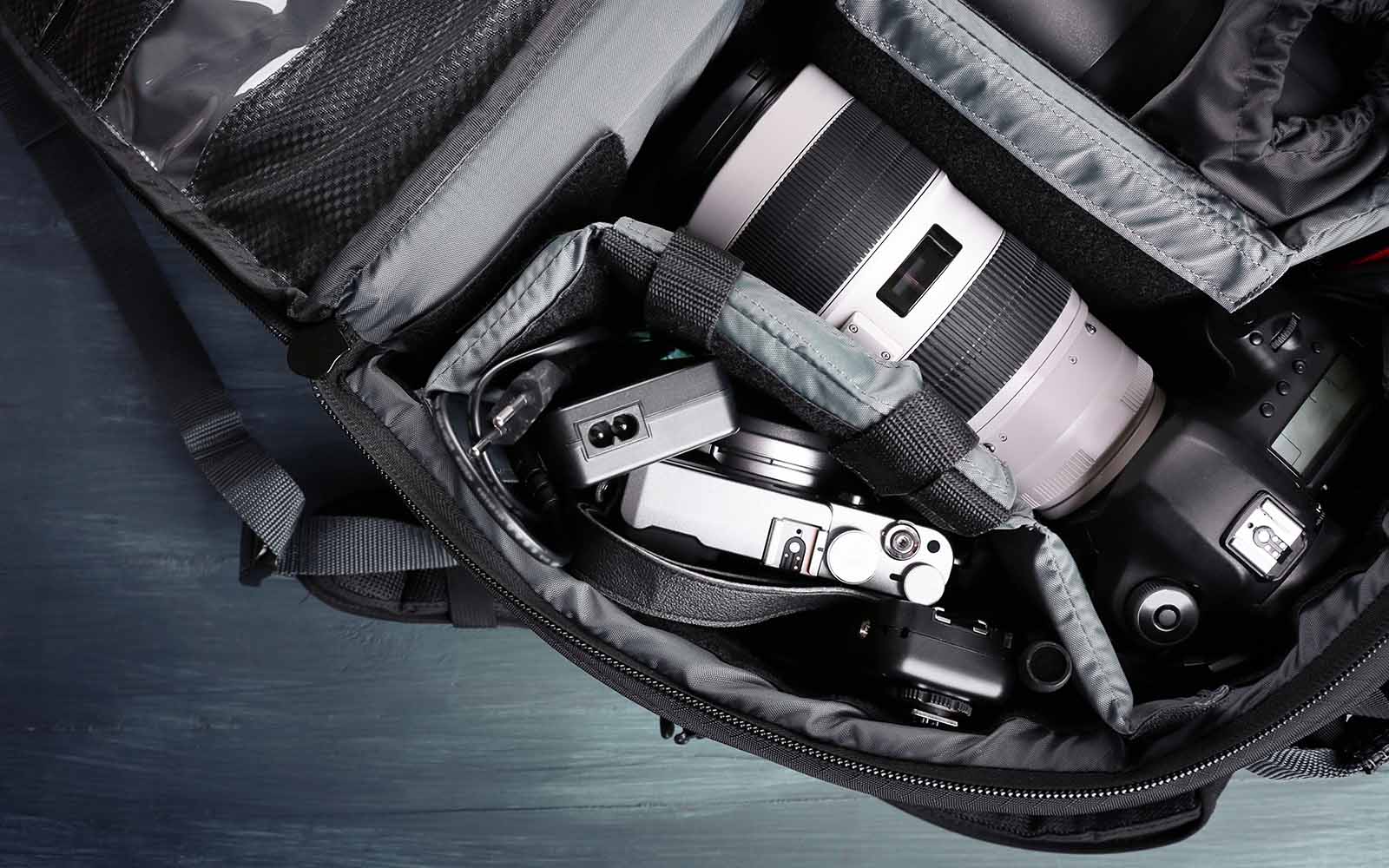
In this guide, I am talking about ways of keeping in shape as a photographer – not the normal type of article I write, but it’ll still be surprisingly helpful!
As photographers, we get into an array of awkward contortions just to get the shot. At the moment you don’t even think about how it’s affecting your body or even how it looks to others, you’re simply adjusting the camera however you can to get the shot. Lack of attention to your body over time can leave you with prolonged (and permanent) aches and pains.
That’s why I thought I’d bring up the discussion to make us all aware of what we’re doing to our bodies and better positions to take up while shooting so it doesn’t end up at the chiropractor’s!
There are two areas (knees and backs) to take care of above everything else and then we’ve got some better shooting positions and tips for you to practise.
It may sound silly, but I know a lot of photographers who have at one point, or another worn knee pads. I wish I’d thought about it earlier in my photography career as it would have saved me from the creaky knees I have now!
I spent over a decade from my early 20’s rolling around a concrete floor photographing families, kids, and pets in my studio. I never thought, at that age, it was doing damage, but it really hurts whenever I consider running around now.
Knee supports or knee pads worn under hard wearing clothing isn’t a bad idea if you’re a wedding or family portrait photographer. You’re always moving around and adjusting shooting positions, so you’ve rarely got time to think about your own welfare.

Same again, back supports, are discreet and comfortable and stop you damaging your spine when you’re constantly in weird shooting positions.
Countless times I see photographers using prime lenses too close to their subject so instead of stepping backwards they lean back and hold their breath to stay steady – this is such a bad idea.
Firstly, you’re shifting your weight away from your centre of gravity and therefore putting more weight on your upper half which is already trying to keep the camera still and then you’re adding more weight and trying to keep that still – no, bad idea!
It’s better to use a zoom lens if you expect lots of movement so you can react using your lens firstly. Otherwise get on your feet and be prepared to move.


Learn how to photograph northern lights with expert tips on aurora photography settings and capturing the stunning aurora borealis.
Essential guide for GCSE Photography students: master basic photography settings, exposure triangle, depth of field, and more.
100 enlightening photography quotes, intriguing facts, eye-opening myths, and bits of photo trivia to impress your fellow photographers.
Learn the basics of photography – fast – with our FREE 60-Second Photographer online course. Each class is short and sharp with simple, actionable steps that give you immediate results.
x 30 lessons

© iPhotography™
Become a confident and competent photographer in less than 30 minutes!
Before you leave, make sure you’ve secured your FREE online photography course (worth £29.99)
Each class is just 60-seconds or less making it the fastest and easiest way to learn photography!